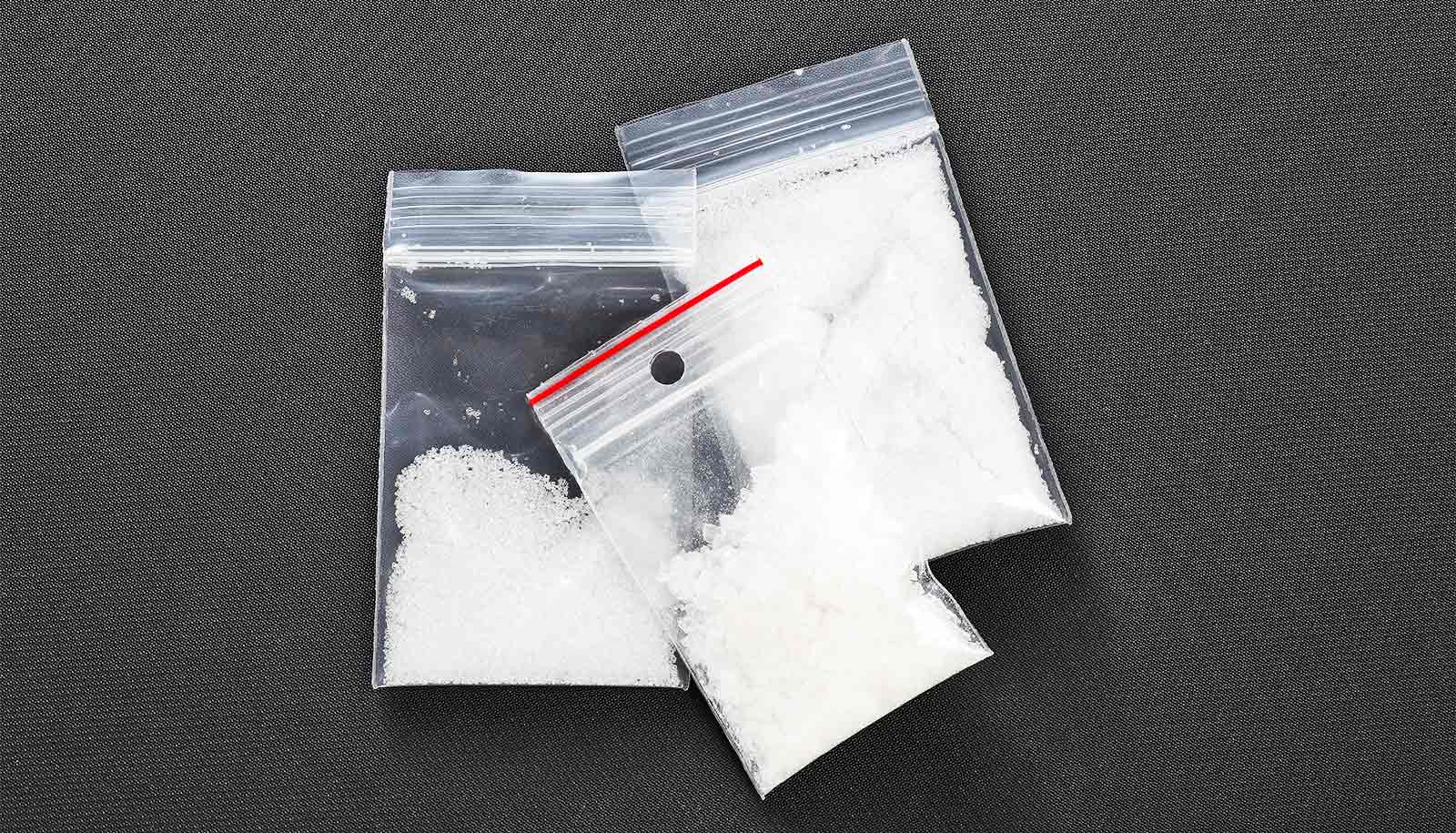Prescription drug monitoring programs in Kentucky, New Mexico, Tennessee, and New York have significantly reduced opioid dosages and the number of opioid fills, according to a new study.
While most states currently have prescription drug monitoring programs, not all are created equal, says Rebecca Haffajee, assistant professor of health management policy at the School of Public Health at the University of Michigan and lead author of a study that examines prescription drug monitoring programs in all 50 states.
“Every state has a prescription drug monitoring program except for Missouri, but many still lack robust features…”
Kentucky has exhibited the most dramatic and consistent decreases along all outcomes—20-40 percent relative reductions in high opioid dosages (over 100 mg morphine milligram equivalents daily).
“For states that haven’t implemented robust features and want to reduce the dosages of opioids prescribed, they might consider modeling their programs after some of these robust programs—particularly Kentucky’s, because that’s where we saw the greatest reductions,” Haffajee says.
“But we would caution that any reductions in opioid prescriptions or dosages must be accompanied by careful clinical oversight—such as supervised tapers and referral to addiction treatment when indicated—so that patients don’t suffer potential unintended consequences of reductions in their prescription opioid supply,” Haffajee adds.
Haffajee and colleagues reviewed prescription drug monitoring program laws to identify states that had at least eight of 10 features that facilitate prescribers’ access to comprehensive and timely data. These features included mandates that prescribers check the monitoring database, weekly updates of dispensing data, mandatory (or automated) registration for prescribers, and allowing prescribers to designate delegates to check the prescription drug monitoring program registry.
“We felt that that there was synergy between many of the program features, so to look at just one feature, as some studies have done, and then attribute any findings to that one feature seemed to be missing the overall picture of the programs,” Haffajee says. “We thought it was important to look at the programs holistically.”
Opioids and these factors mix for ‘deaths of despair’
After identifying Kentucky, New Mexico, Tennessee, and New York as intervention states with robust programs, researchers selected neighboring comparison states that had similar outcome trends before the implementation of the programs. The study looked at adults with commercial insurance, who account for more than half of opioid prescriptions in many states.
“Every state has a prescription drug monitoring program except for Missouri, but many still lack robust features,” Haffajee says. “If a state implements a robust prescription drug monitoring program, it will probably reduce the proportion of commercially insured adults who receive opioid prescriptions, as well as the strength of those prescriptions.”
The research appears in the journal Health Affairs.
Researchers from Harvard University; Stanford University; and Boston Medical Center also contributed to the study.
Source: University of Michigan



